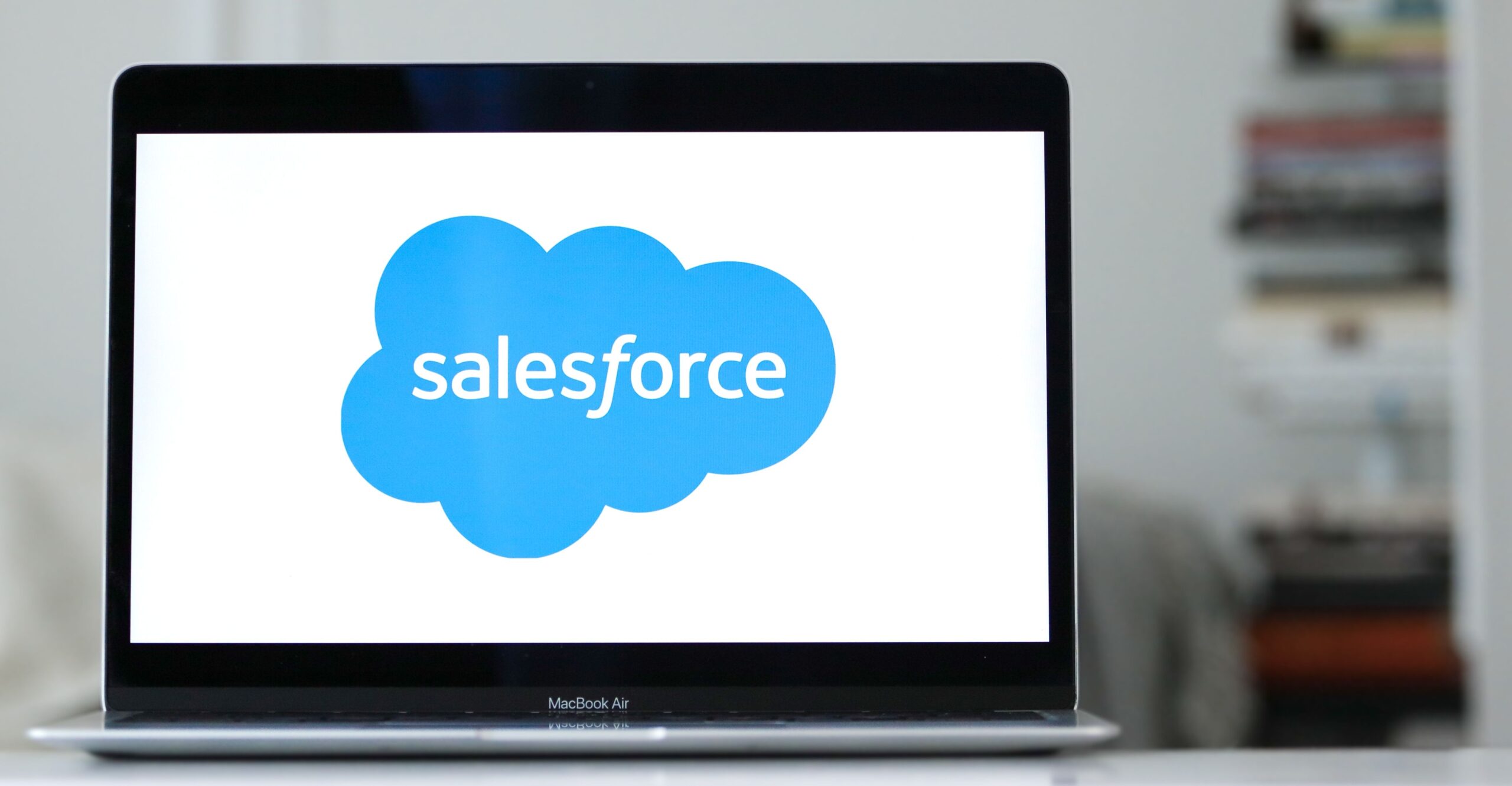
Are Your QE Test & Tools Agile Enough?

Digital delivery is moving increasingly fast. The pressure to get it right the first time is a daily challenge for QE managers and directors. Staying on top of faster release cycles while delivering better quality is difficult enough without having to also stay one step ahead.
However, the harsh reality is that to remain competitive in the future, you need an action plan today.
The right tools for the job
The future is agile. If your software development and delivery processes are not already agile, there is a strong chance they will be very soon. Luckily there are tools that can help you make that transition smooth – and it is vital to your success that you incorporate them in your strategy and planning.
When choosing a technology partner, one factor in the decision-making process should be sustainability. This is often seen in the form of a long-term commitment with transparent roadmaps and strong financial backing. So, for instance, if your team uses Micro Focus assets like UFT or LoadRunner, you may still have some nagging doubts concerning the long-term future of these tools since the HPE spin-off back in 2016. While clearly, no one wants to back a horse that won’t finish the race, there’s actually a lot more to consider when choosing a technology partner or toolset. For QE teams that are really committed to shift left, the contents of their tools’ product roadmaps – their vision and innovation – need to align with your own agile goals.
That innovation that your tools bring could very well be what sets you apart from your competition – or, what sets them apart from you. This is why I brought up the Micro Focus example. Tools like UFT and LoadRunner are anti-shift left and don’t foster your own innovation. Does that come as a surprise? Let’s look at some of the facts. UFT tests don’t scale well once we start talking about running hundreds of tests in a timely way. Why? Well, scalability is expensive (in terms of license and maintenance costs) and time to execute is long. Plus, the code is not configuration-manageable; the cloud is not available, and you have to build the lab on your own, which is not the business you are in. The code is also not componentized and object-orientated, which makes it high maintenance.
UFT users, any of this sounding familiar?!
LoadRunner has a slightly different set of challenges, most importantly its high price relative to market alternatives. Diving into the details, there are other issues. In sprints, you have to do light tests that can be integrated into continuous testing and built to the purpose of sprint testing. But LoadRunner is not easy to integrate into CI. Quality gates from load test perspective are hard to set up, nor can they be leveraged. It’s up to you to build your own test environment, which requires skills that are specialized and hard to source. For agile teams, developers need to be comfortable with coding performance tests – and LoadRunner gets in the way of that.
So instead of these tools enabling your agile goals, they actually create obstacles for the speed and scalability your are trying to achieve through agile practices.
Partner wisely for your digital initiative
There are open source alternatives that scale faster to meet the demands of digital while better aligning with shift left strategies. Here are just a few that we work with regularly and can vouch for their applicability of agile adoption: Tosca, Appium, Selenium, QMetry, eggplant, and Sauce Labs.
I don’t need to tell you that shift left is not a “plug and play” purchase decision; it’s about a shift in mindset that simultaneously requires the right people and processes to pair with the best-in-class tools. That is why so many enterprises have a strategic partner help guide them through tool selection and migration to achieve their agile initiatives.
Of course, we may be biased, but we believe our deep expertise in end-to-end testing, QE and automation offer enterprises an unrivaled value proposition. At Apexon we combine our infrastructure knowledgebase, certified skills, and proven strategies to deliver digital right, the first time. This has allowed us to consistently introduce cutting-edge concepts in testing. We deliver solutions around the globe in more than 25 languages and cover the full spectrum of digital testing needs. Once you’re an Apexon customer, our entire global testing infrastructure is at your disposal. That includes 1,000+ mobility experts, decades of experience, two 300k square foot test centers, two virtual labs with 3,000+ actual devices, and access to pre-market devices. It’s no wonder we have more than 300 happy customers and have tested more than a quarter of a million apps.
Next stop: enterprise-class scalable, automated, and agile testing
Apexon would love to help you evaluate your options for migrating to more agile platforms. Want to get a sense of where your QE practice stands against the market? No problem. Just fill in our free, no-obligation QE assessment form to benchmark your activities against industry best practices. Or, to speak with us directly about your specific needs, get in touch below.




